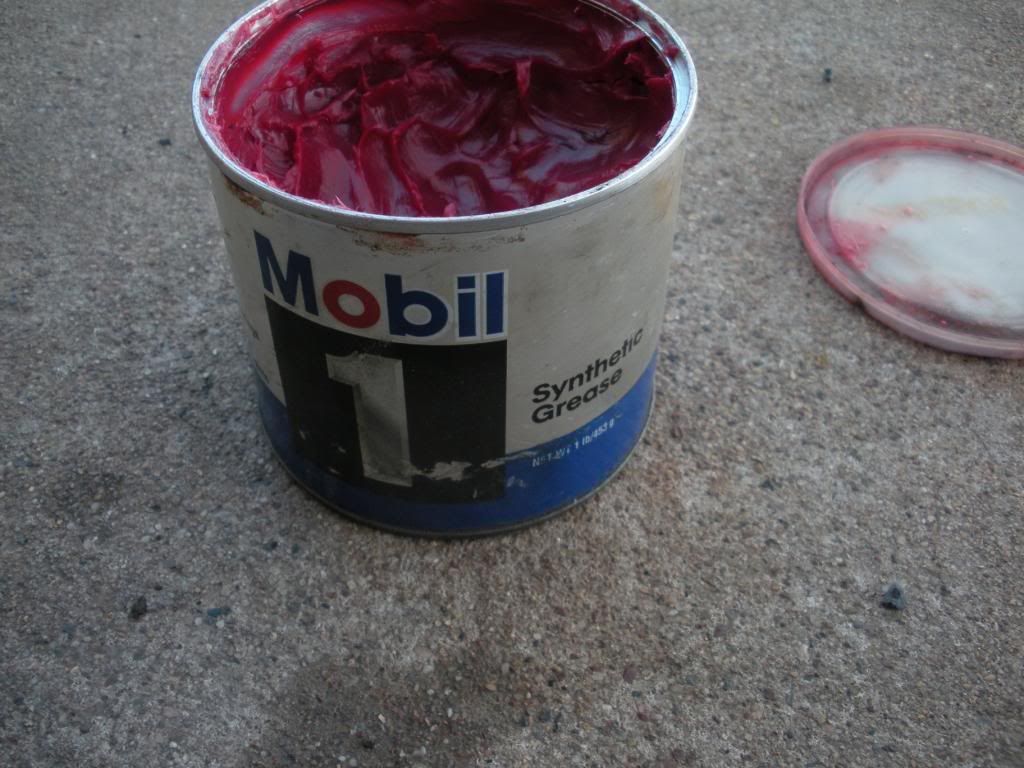Forgot to mention this earlier but it only matters for assembly not disassembly. See the little roll pin that retains the inner tie rod?
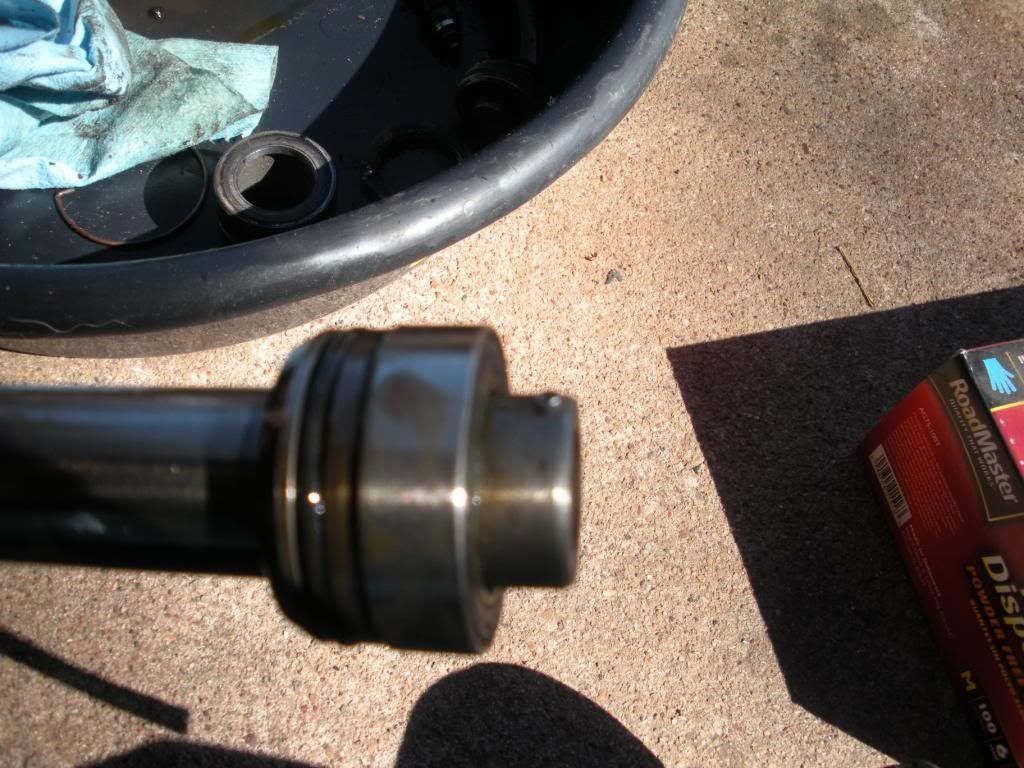
Hit it with a hammer so is fluch like this (Both ends).
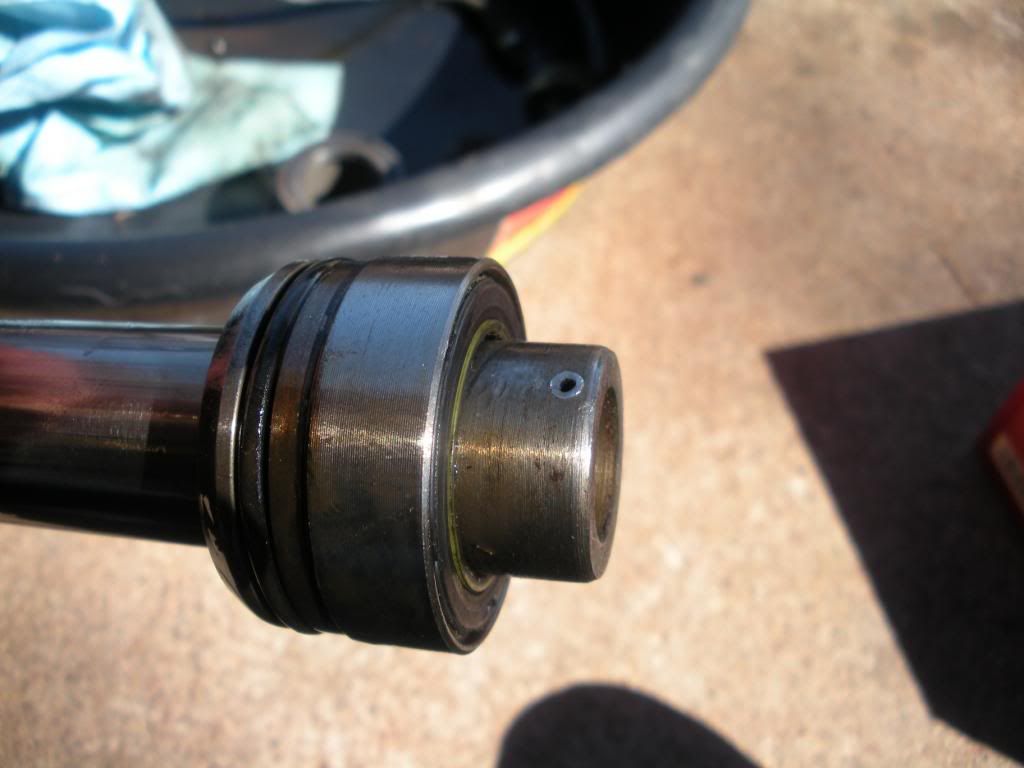
Clean all the parts
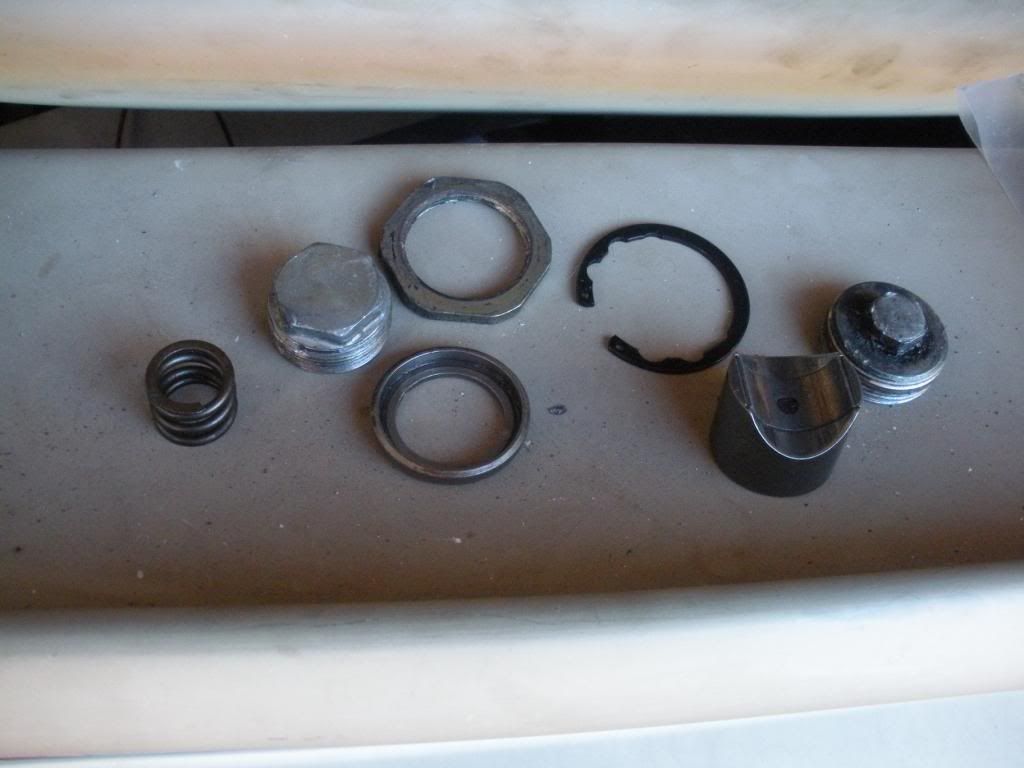
If it's already clean then don't get cleaners and water in the pinion assembly. Just wipe it down with a clean rag. If any of the holes get plugged or rusty you'll be in a bad spot.
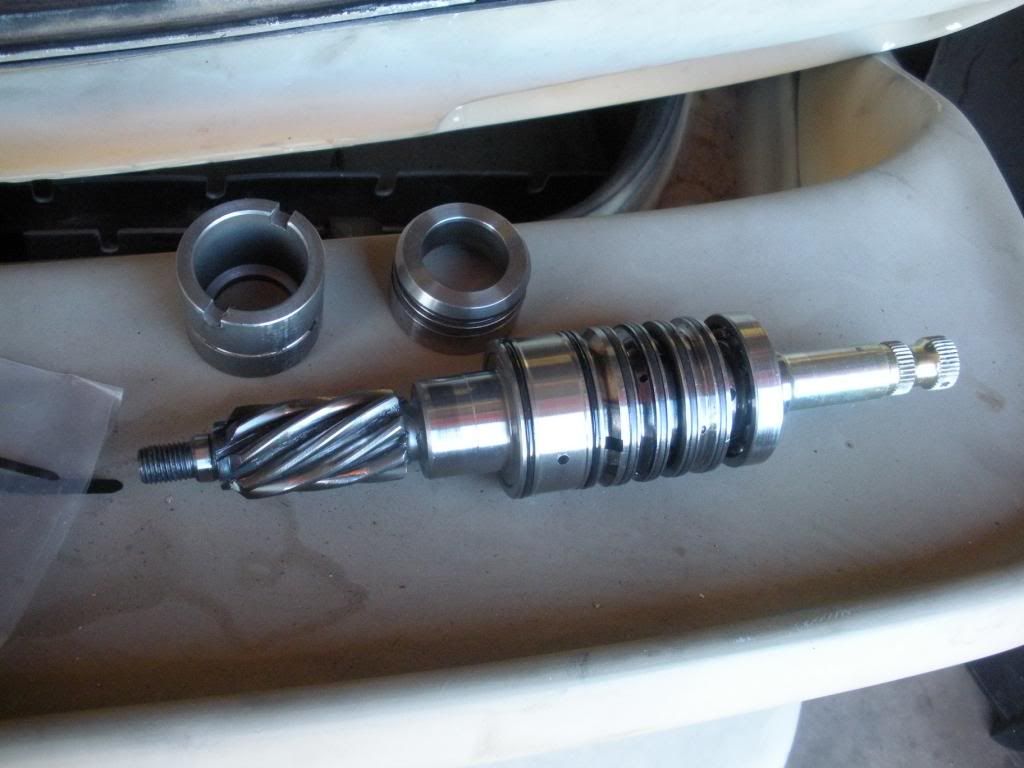
Here's the kit all layed out. For this S4 rack there were two O-rings unused btw.

I repainted the tube after cleaning the assembly. This was drying while I cleaned everything else up. I then took all the tape off and clear coated the pinion housing just for fun.
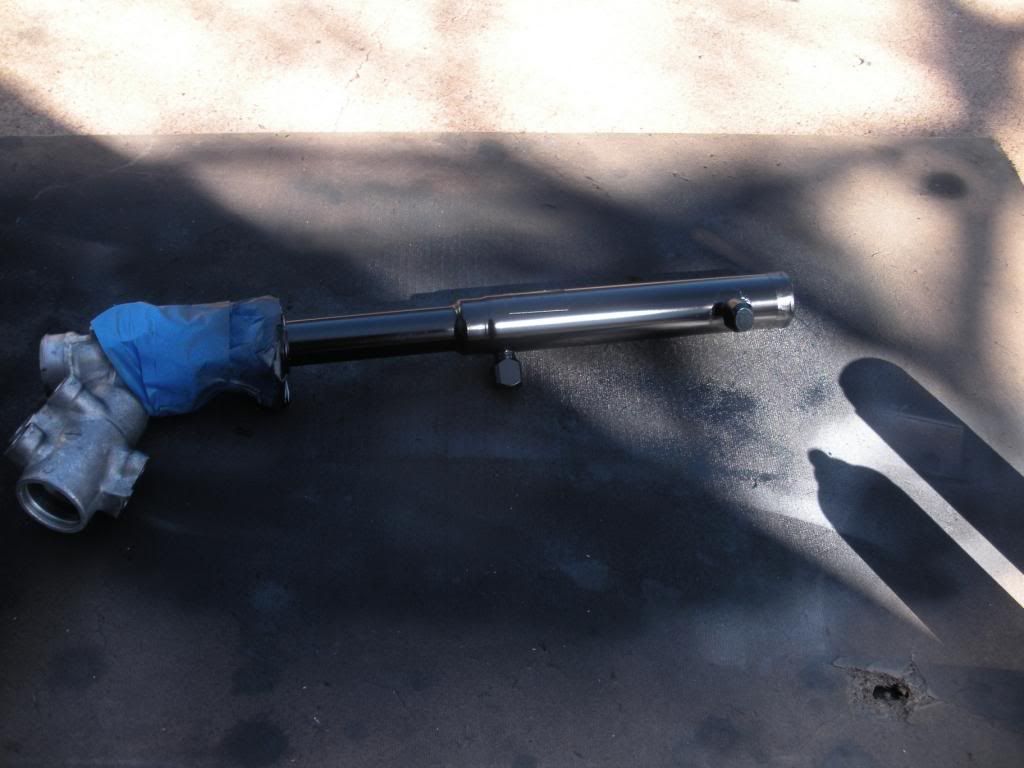
Here's the rack all cleaned up.
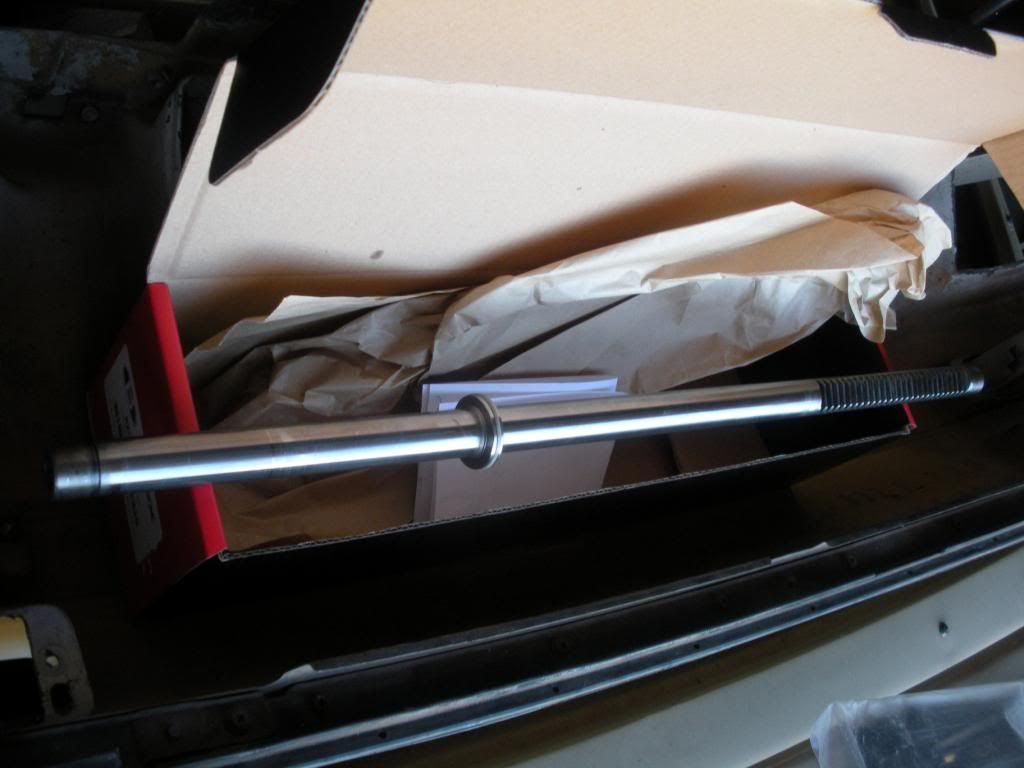
Think gun bore here, needs to be clean, smooth and scratch free for proper operation of the hydraulics. Forgot to mention earlier that when passing towels through this it's just like cleaning a rifle. A very large caliber rifle

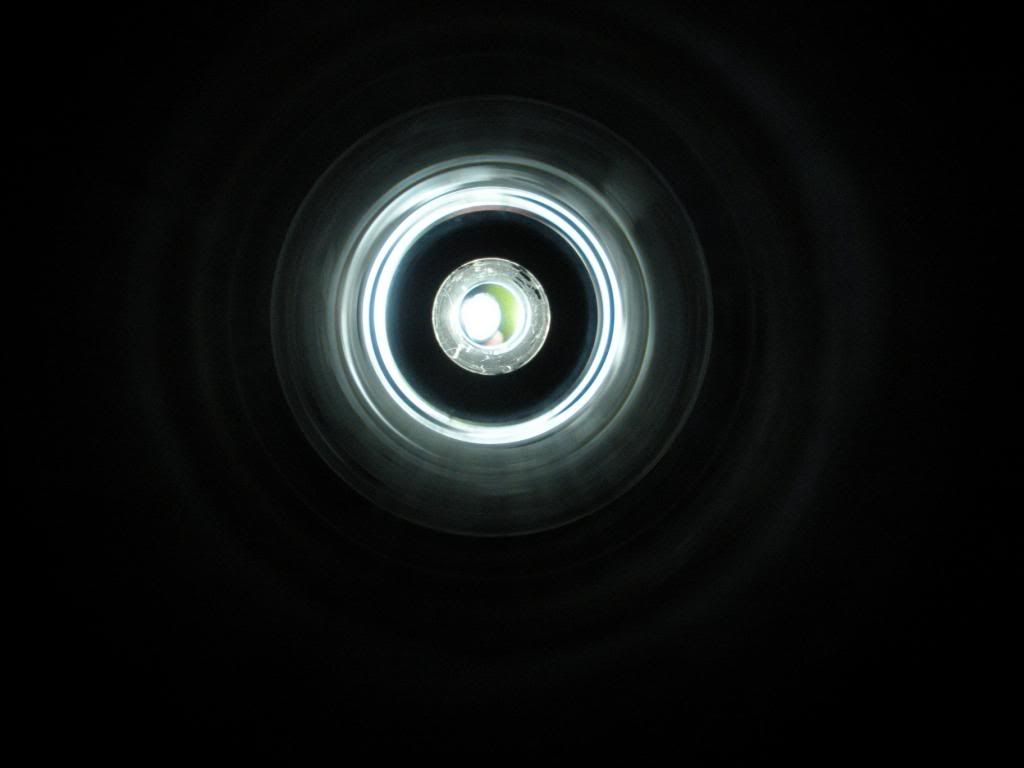
Put some new clean power steering fluid in a little cup or whatever you have laying around. I used a bottom of a ice tea bottle after rinsing it out. You will need it to coat some parts for reassembly. I use valvoline power steering fluid almost all the time since it is almost perfectly clear. Makes it easy to know when to flush the steering system out if the color gets darker.
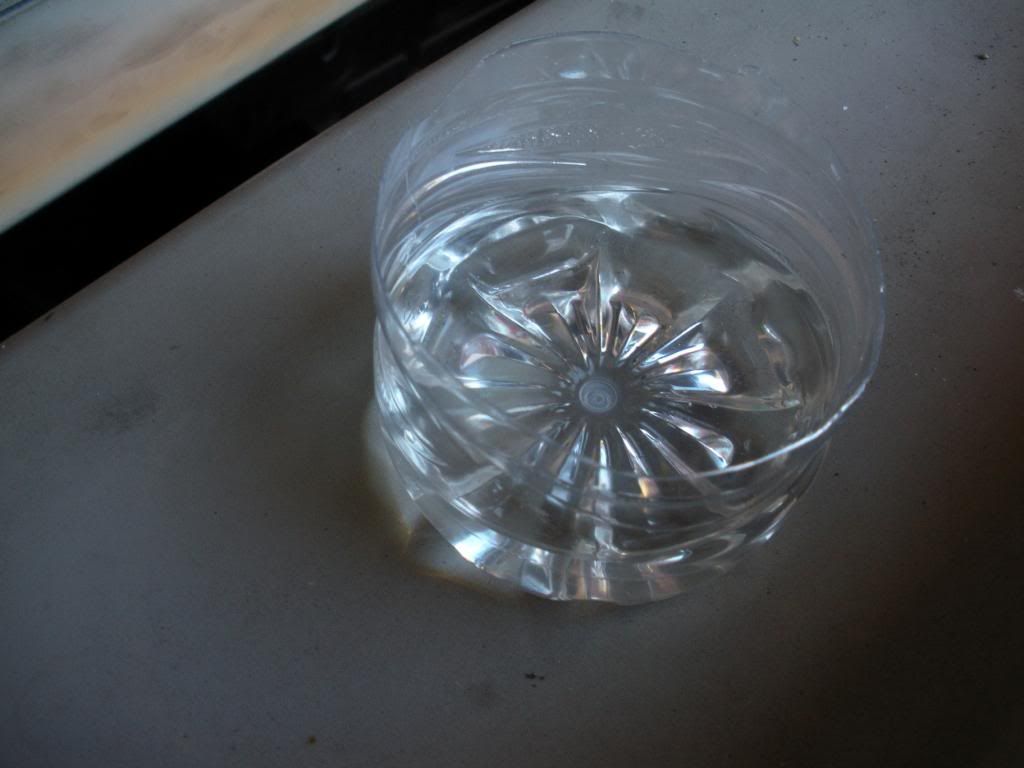
Now for assembly.
The Factory Service Manual (FSM) says to use some tool to drive the washer and seal back into the bore of the tube. I don't have it and you don't need it anyways. Place theseal and washer on the rack like so. Lube it all up with power steering fluid so it's slippery. Not pictured at this time, but you should put the new piston seal on before you do this. It's the light blue seal in te picture of the kit.

Once you get that in there, again use the rack as a slide hammer and drive the washer and seal into the end of the tube. It will make a different noise when it's seated. Also a quick not is to be sure you don't damage the new piston seal when your first aligning the rack in the tube. Even if it makes a mess use as mush power steering fluid as you need to to be sure that seal gets in there correctly. That and the tube seals (The black ones with the green plastic inside pieces) are the ones that do all the fluid sealing in the rack. If they are damaged you will simply have no power steering.
Next install the tube seal and O-ring on the rack bushing and insert it into the tube. Push it down by hand as far as you can, doesn't matter much at this point. Of course lube it up with power steering fluid.
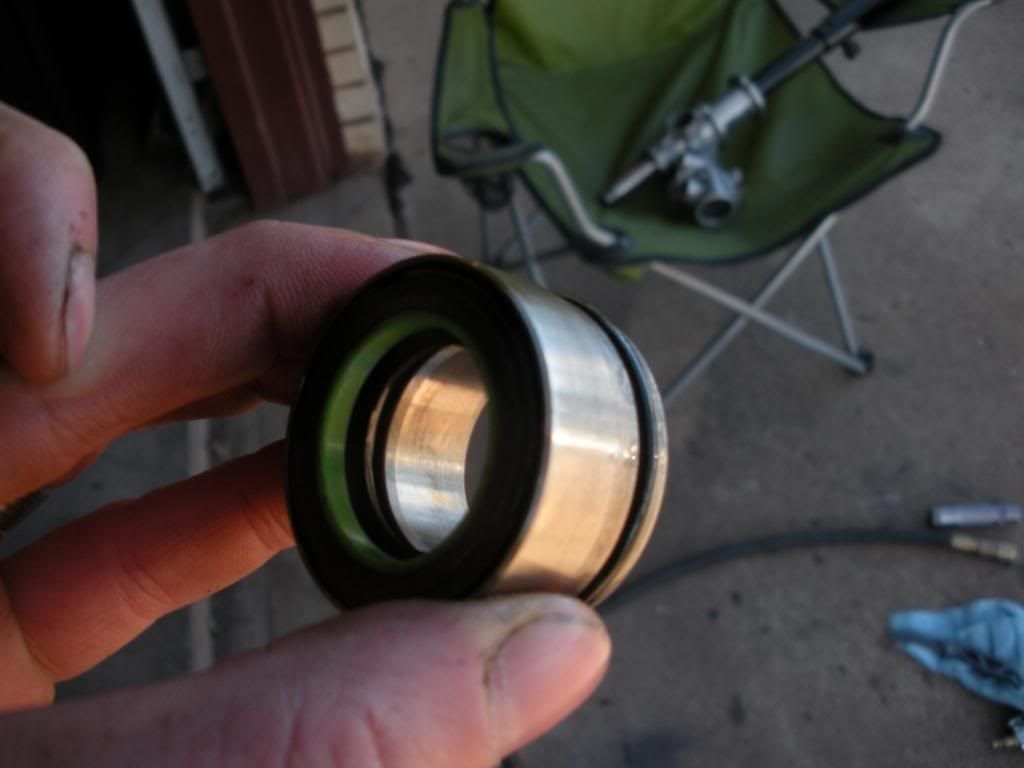
It goes in like this.
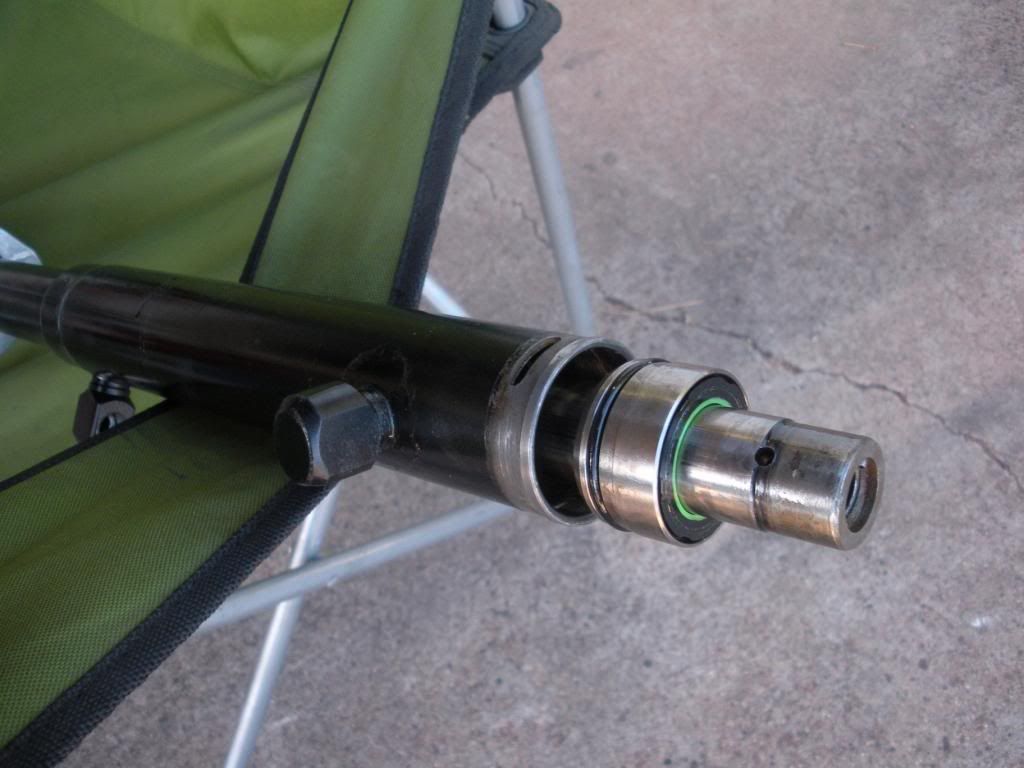
Next is the newly cleaned up rack stopper. It goes in like this.
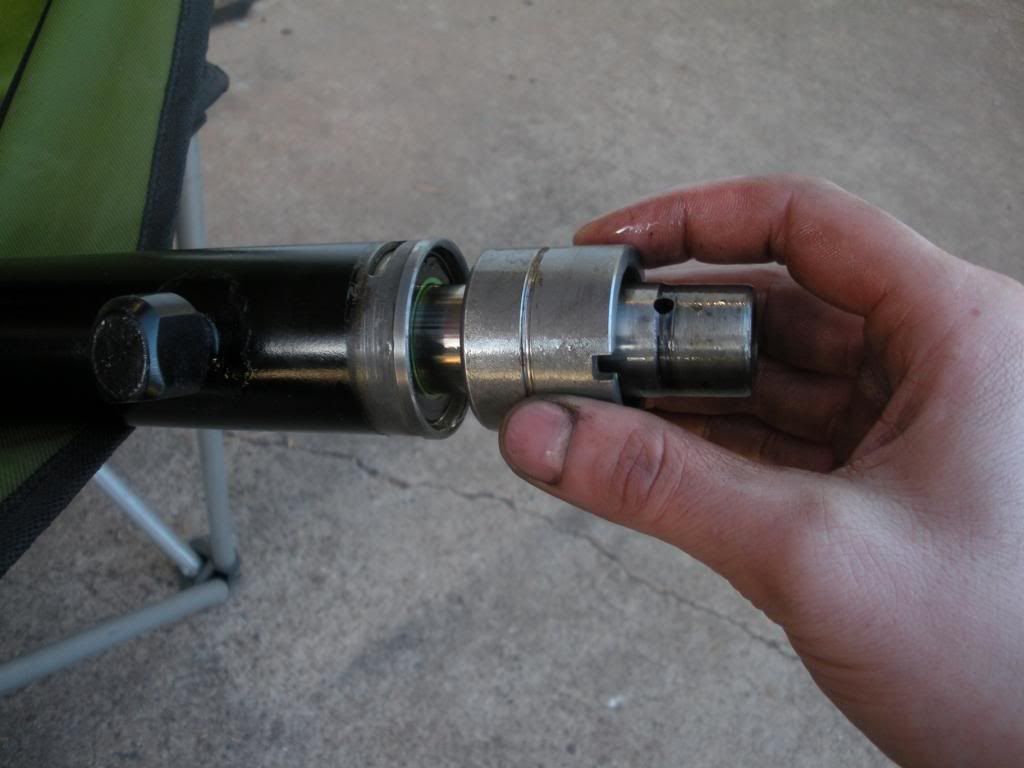
Use the rack stopper to push the rack bushing all the way down till the groove for the wire retainer is visible in the little window like this.
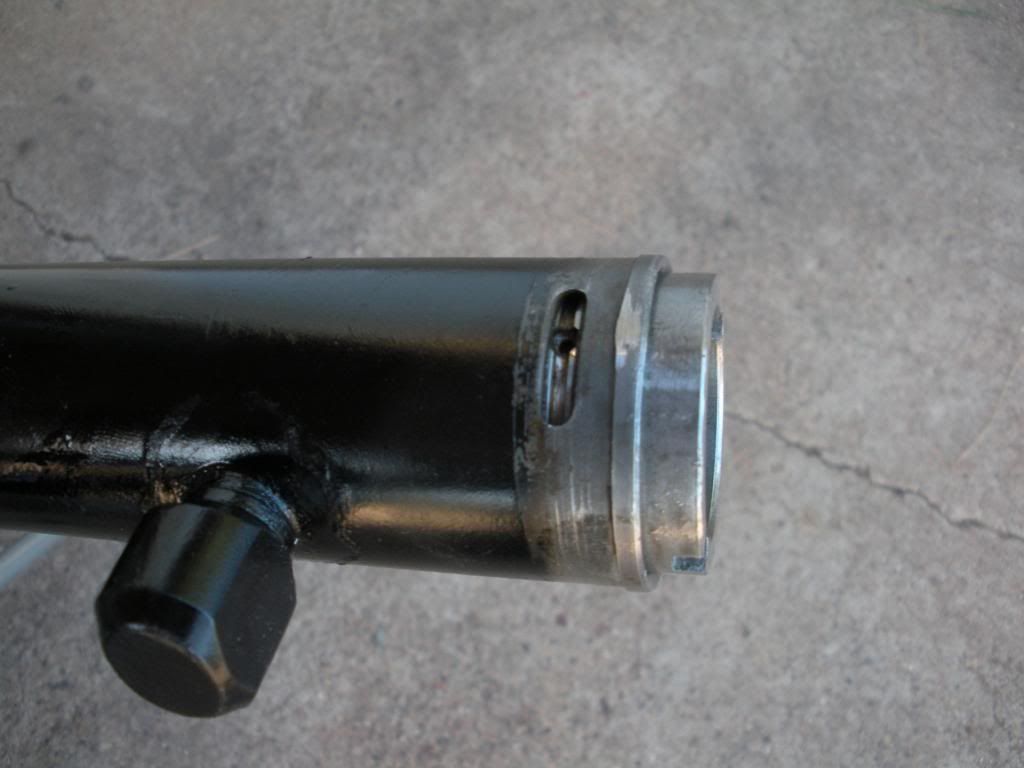
Put the new wire retainer's tail in the hole.
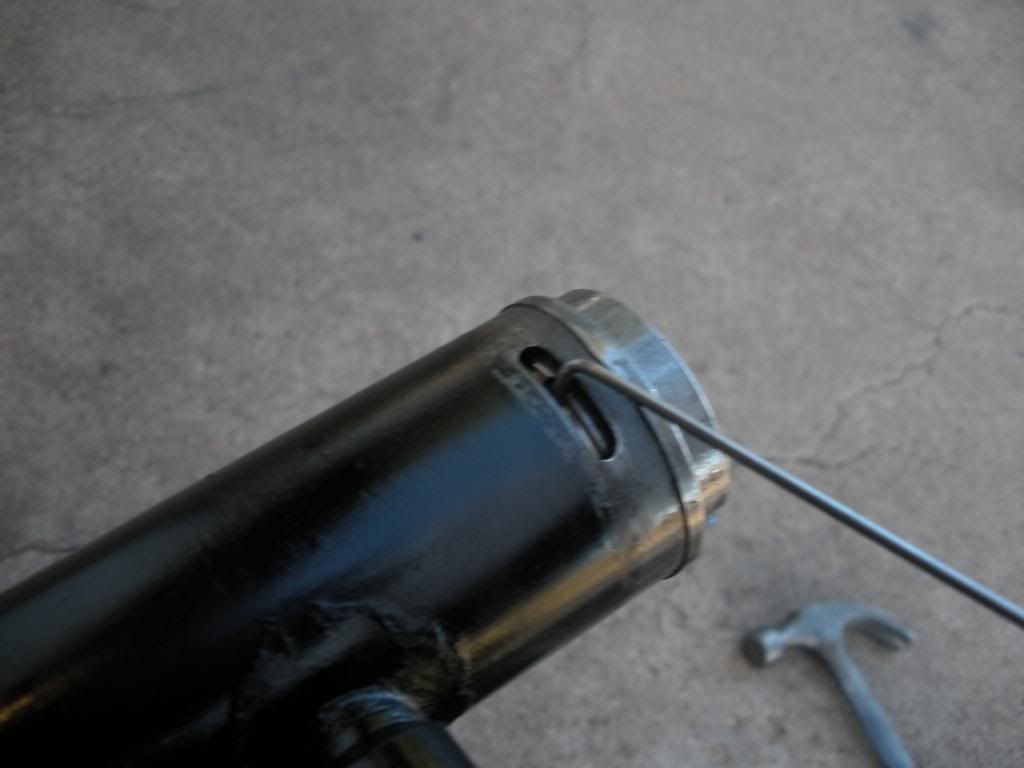
And rotate the rack stopper to feed the wire in.
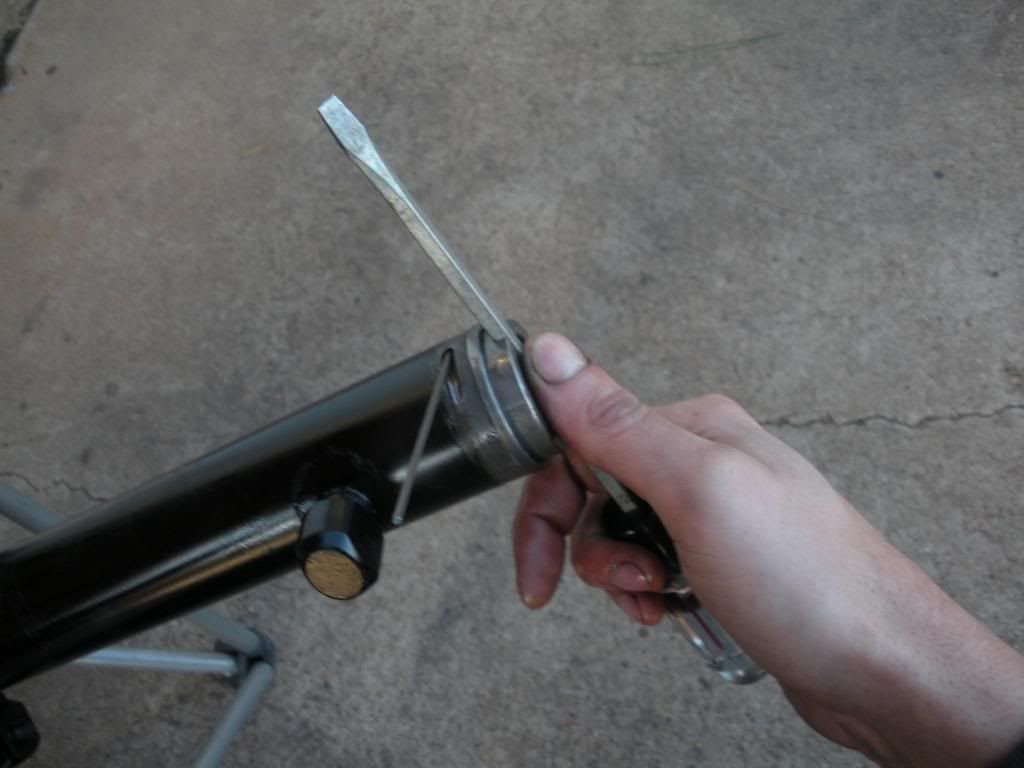
Get the whole wire in like so.
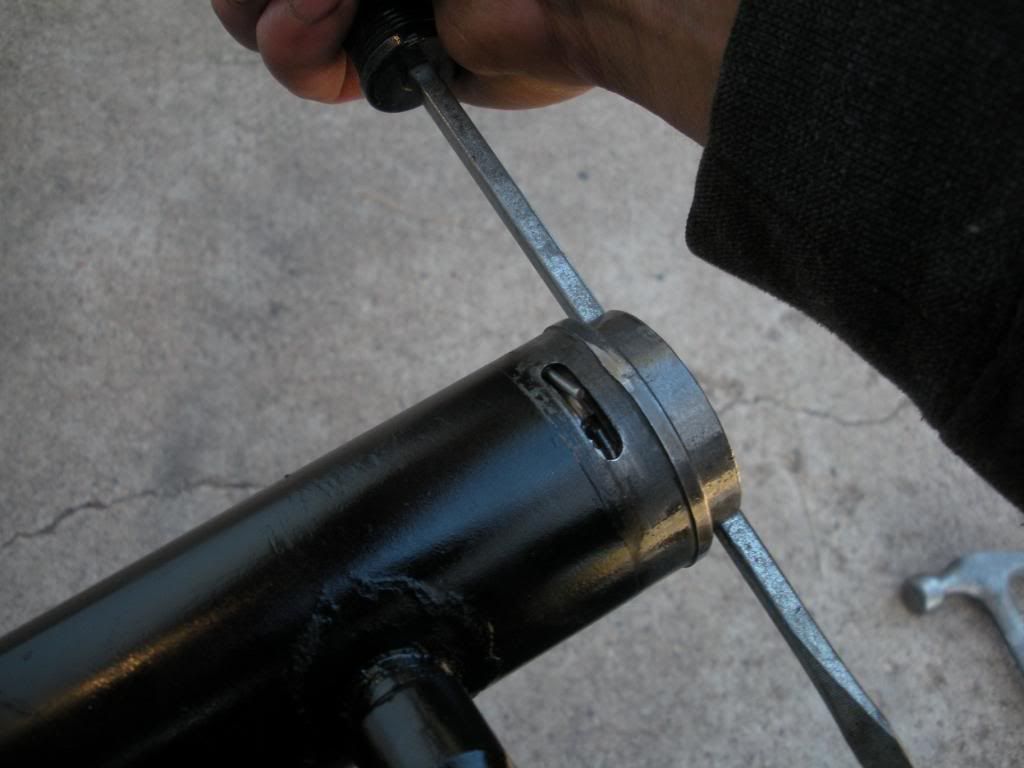
Then rotate the end 180 degrees so the ends are on the opposite side of the little window.
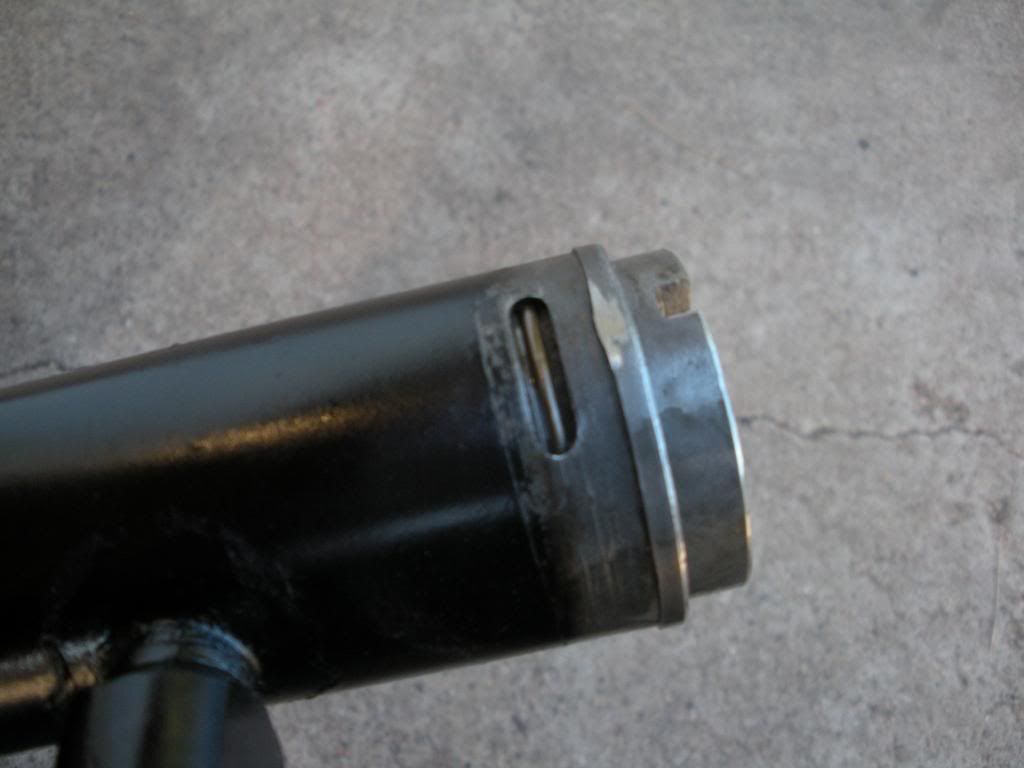
Now that you have the two tube seals and the piston installed. you can check and see if the assembly will more than likely work when you get it all assembled. If you move the rack back and forth in the tube you should easily hear and feel air being pushed out of one of the hard line ports on the tube when you go in one direction, and out the other in the other direction. You may hear suction as well which is normal. If you don't have that at this point then something is wrong. Disassemble it and figure out what happened before moving on. This doesn't guarantee the rack will work flawlessly, but if it can't do that at least at this point then something is terribly wrong.
The only grease I use for this stuff, axles, joints, or whatever requires grease. again not only is it a good grease it has a very distinct color to start with, so it's easy to know when it's contaminated.
